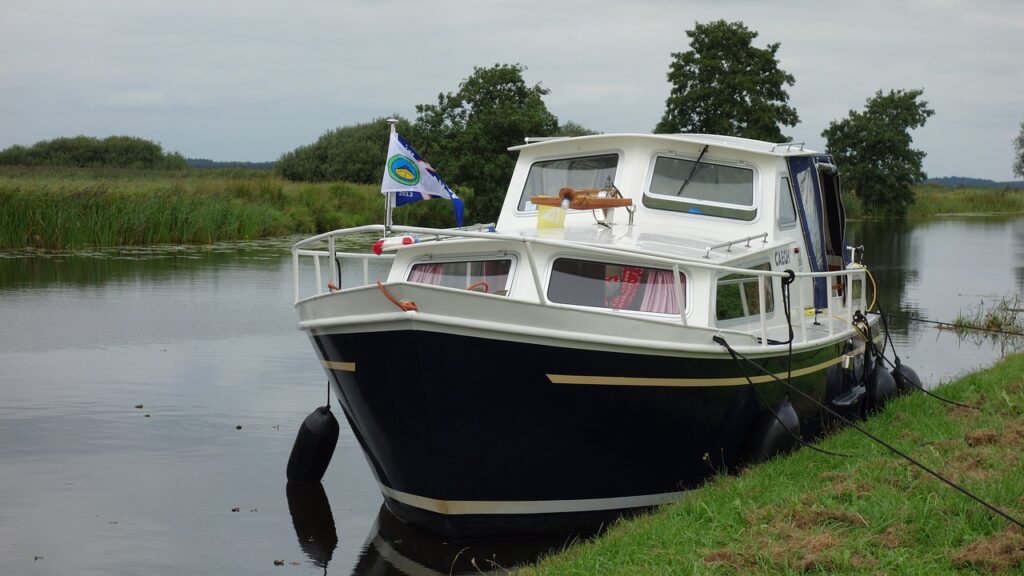By James Moffitt.
Boating on crowded waters over holiday weekends or during busy fishing seasons can be stressful, irritating, and even dangerous. Being confident in your understanding of basic maritime norms and boating safety will make it easier for you to safely navigate crowded waterways and avoid crashes.
Below is a quick refresher on how to navigate crowded waterways and some tips from Capt. Reid Parker, a guide for Current Culture Fly shop and seasoned boat navigator.
Give Way Vs. Stand On
These are two of the most important terms when it comes to safely navigating any waterway. According to the Coast Guard’s U.S. Inland Navigation Rules, the give-way vessel is the vessel that must yield in any situation, while the stand-on vessel shall maintain course and speed.
But, when it comes to navigating at the moment, who is who?
Breaking Down the Differences
In most cases, boats are going to cross paths in one of these three ways:
- Meeting head-on: If you’re meeting another vessel head-on, each vessel should maneuver to starboard to avoid a collision.
- Overtaking: In this case, the faster vessel may be passing a slower vessel. The give-way vessel here would be the one passing the stand-on or slower vessel. In this case, the give-way vessel should pass the stern of the stand-on vessel.
- Crossing: When two power-driven vessels are crossing, the vessel on the starboard side should have the right of way and is a stand-on vessel.
“I think it’s all about communication. If you have to pass closely to someone, try to get their attention and make sure that you both have an understanding of what you’re going to do to maneuver your boat. There are situations where we’re guiding and there may be a lot of other boats.
Read more at dwr.virginia.gov.

